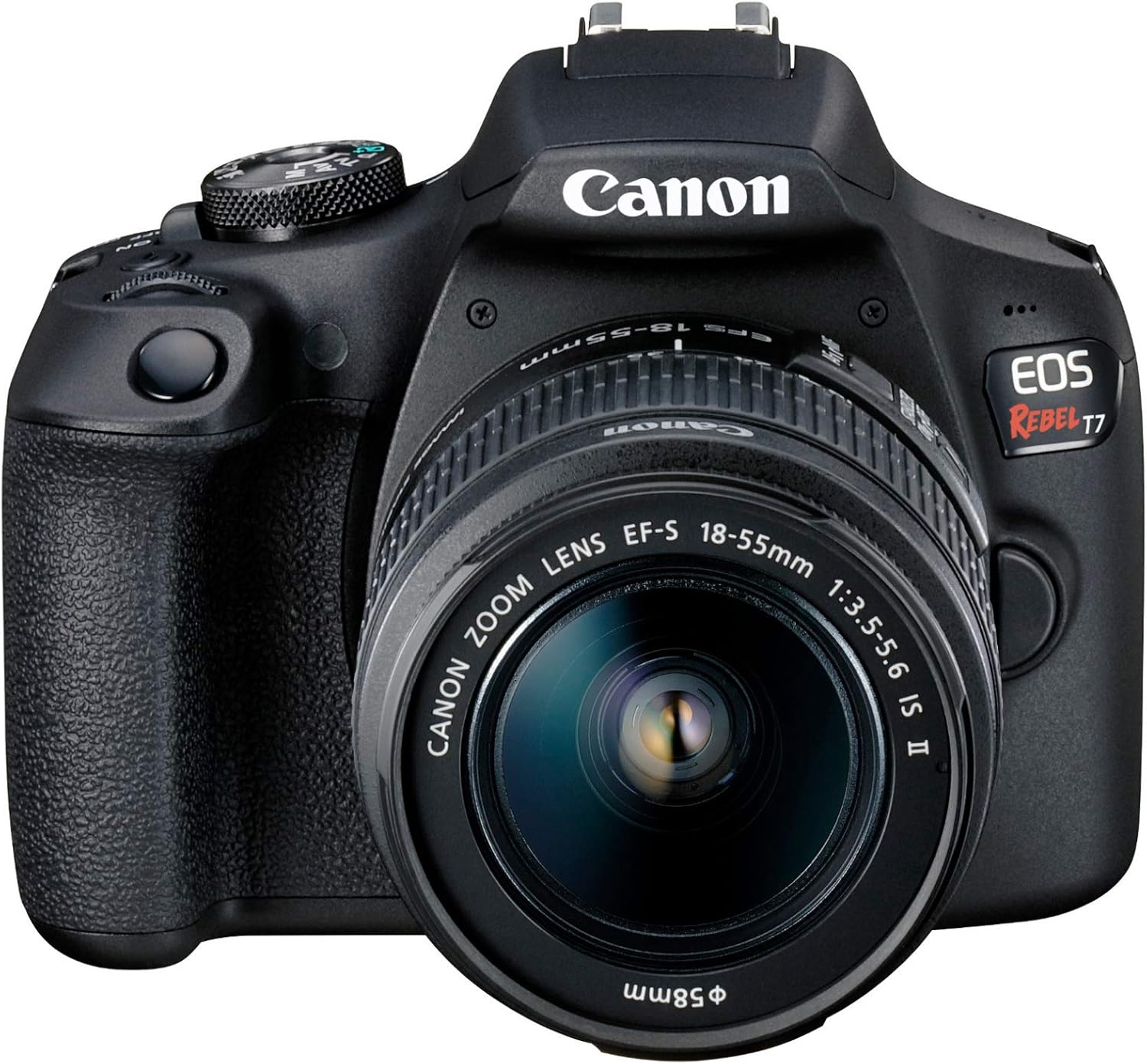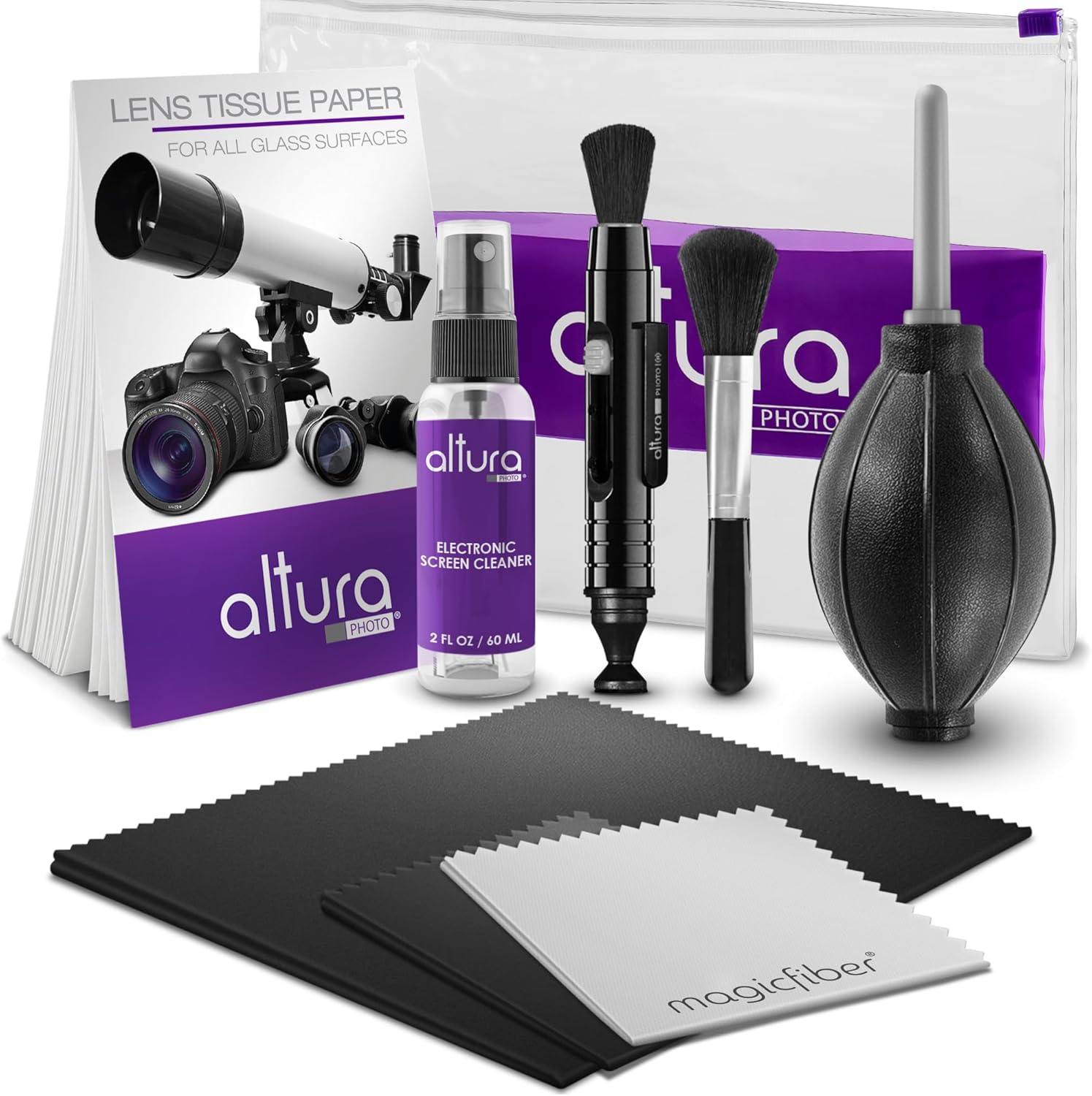Best Memory Cards Choices for Your DSLR Camera for High Performance
The question of what memory card for DSLR camera should you choose is one that plagues many professional photographers. With a myriad of options available varying in speed, storage capacity, and brand reliability, making the wrong choice can severely impact your workflow and even ruin a potentially perfect shot. But don't fret, this comprehensive guide aims to unravel the complexities surrounding memory cards to help you make an informed decision.

Understanding the Basics: Types of Memory Cards
Before diving into specific brands and models, it's crucial to understand the different types of memory cards compatible with DSLR cameras. The main types include:
SD Cards
SD (Secure Digital) cards are the most common memory cards used in DSLR cameras. They come in various formats: SD, SDHC (Secure Digital High Capacity), and SDXC (Secure Digital Extended Capacity).
- SD: Typically has a capacity of up to 2GB.
- SDHC: Offers storage ranging from 2GB to 32GB.
- SDXC: Provides a huge storage capacity extending from 32GB to a whopping 2TB.
CF Cards
CompactFlash (CF) cards were the go-to choice for professional photographers in the past and still offer excellent read/write speeds. They come in two types:
- CF Type I: Thinner and more suitable for most modern DSLRs.
- CF Type II: Thicker and often used in specialized equipment.
XQD Cards
XQD cards are a newer type of memory card designed for high-end DSLRs and mirrorless cameras. They offer blazing fast read/write speeds and are less prone to damage compared to SD and CF cards.

Choosing the Best Memory Card for Your Needs
Consider Your Cameras Compatibility
Your first step should be to check your camera manual or the manufacturers website to verify which types of memory cards are compatible with your DSLR model. This will narrow down your choices significantly.
Speed Matters
The cards speed is crucial, especially for professional photography involving continuous shooting or high-resolution video recording. Heres what to look for:
- Class Rating: Indicates the minimum write speed. Class 10 cards are generally sufficient for most professional needs.
- UHS Rating: UHS-I and UHS-II ratings can offer faster read/write speeds.
- V Rating: Tailored for video recording, these ratings start at V6 and go up to V90.

Storage Capacity: How Much is Enough?
Professional photographers often shoot in RAW format, which consumes a lot of storage. Depending on your work requirements, the capacity youll need can vary:
- Basic Photography: 32GB to 64GB should be sufficient.
- High-Resolution Photos: Opt for 128GB or more.
- Video Recording: Larger capacities like 256GB or even 512GB are preferable.

Reliability and Durability
Given the rough environments in which photographers often work, it's essential to choose a memory card thats both reliable and durable. Brands like SanDisk, Lexar, and Sony are generally considered trustworthy.
Price vs. Performance
While it might be tempting to go for cheap alternatives, investing in a high-quality memory card can save you potential headaches and lost data down the line. Often, more expensive cards offer better speed, reliability, and storage capacity.
FAQ Section
What is the best memory card for continuous shooting?
The best memory card for continuous shooting would usually be a UHS-II card due to its high read/write speeds.
Can I use multiple types of memory cards in a single DSLR camera?
Some high-end DSLRs have dual card slots that support different types of memory cards simultaneously. Check your camera's specifications to be sure.
Are there any brands to avoid?
While its essential to stick to reputable brands, always check user reviews and expert opinions to avoid any potential low-quality products.
As an Amazon Associate, I earn from qualifying purchases.

